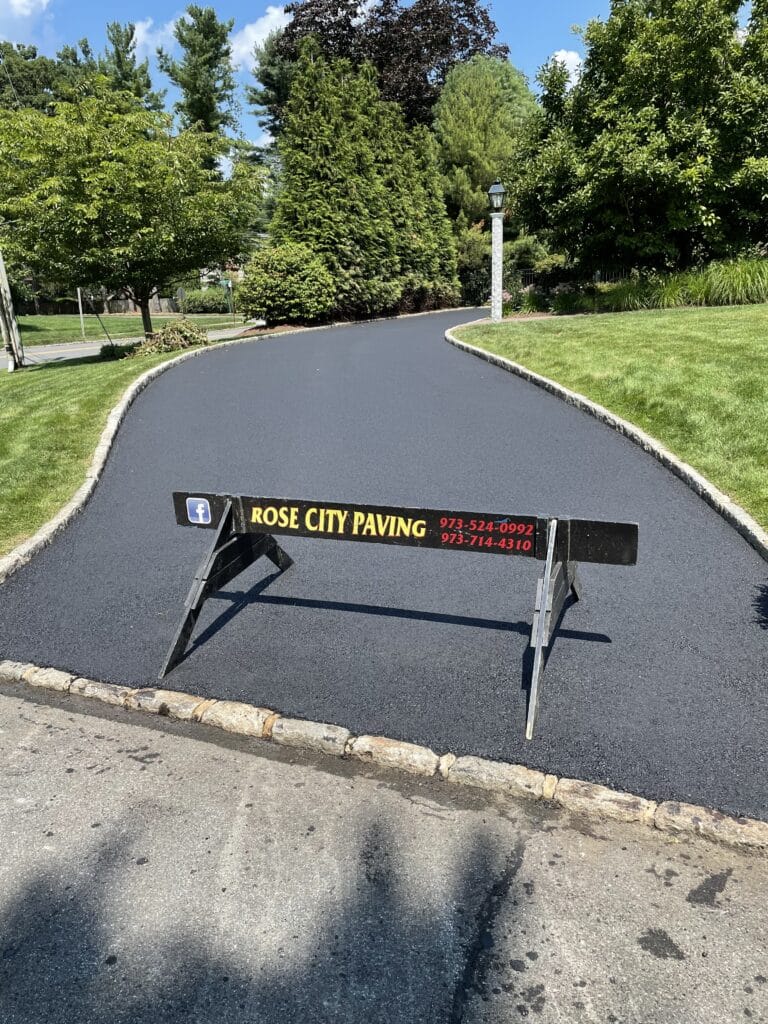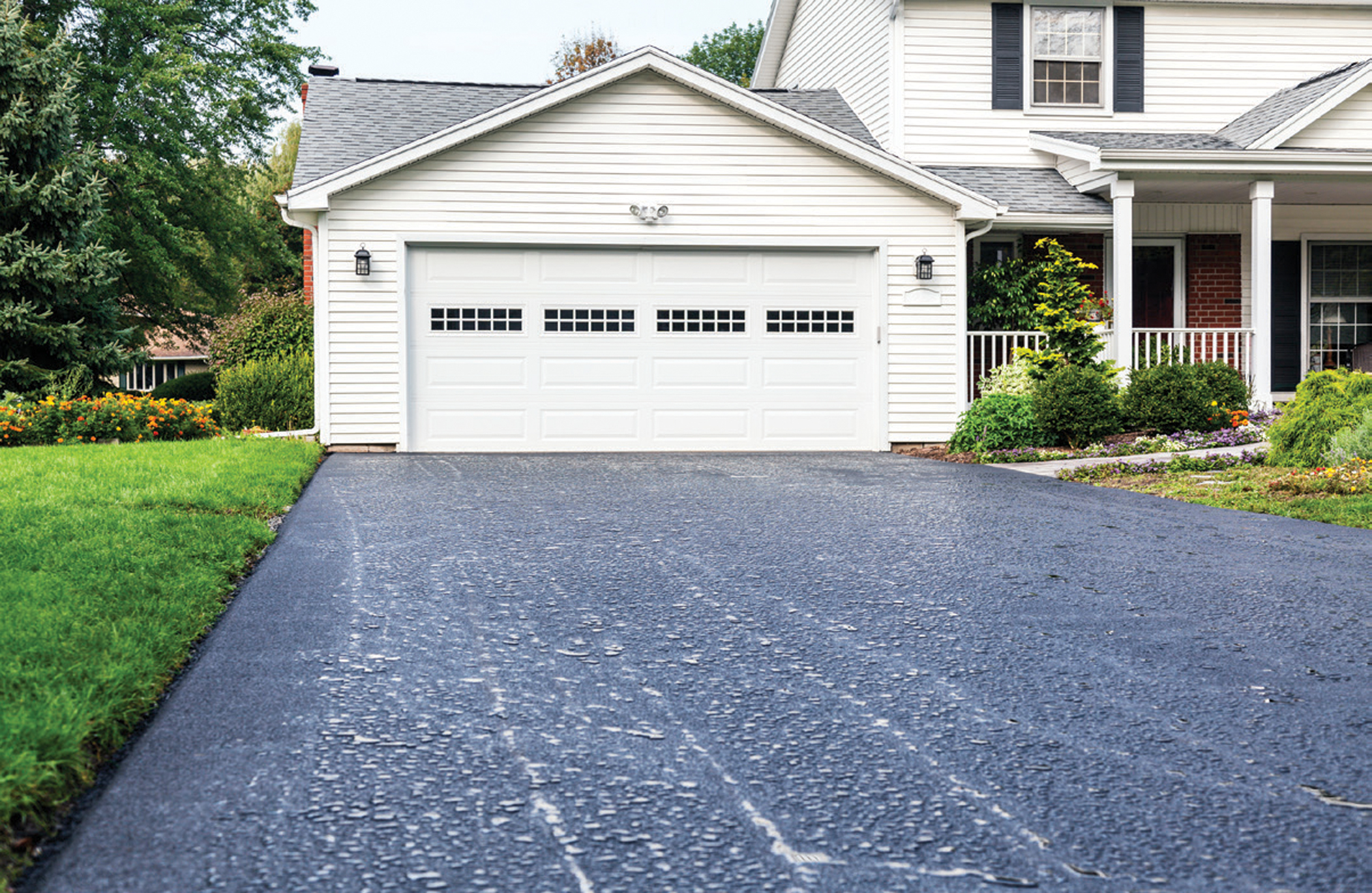Hot Mix Asphalt: A Sustainable Remedy for Sidewalk
Warm Mix Asphalt (HMA) has actually become a leading lasting selection for pavement services, providing a myriad of cutting-edge innovations and ecological benefits. Its ability to minimize and recycle materials power intake provides a compelling case for its adoption in roadway construction jobs. The long-term performance and resilience of HMA make it a favored choice for facilities growth. As the demand for green building and construction methods grows, checking out the subtleties of HMA's sustainability can provide useful insights into the future of sidewalk options.
Ecological Advantages of Warm Mix Asphalt

Furthermore, Warm Mix Asphalt assists to mitigate metropolitan heat island effects. Its dark shade absorbs sunlight, lowering the quantity of warm showed back into the environment compared to lighter-colored sidewalks. This can reduce ambient temperature levels in urban locations, decreasing the demand for a/c and inevitably minimizing energy consumption.
Additionally, Warm Mix Asphalt contributes to improved stormwater management. Its porous nature enables water to penetrate the sidewalk and reenergize groundwater materials, reducing drainage and the threat of flooding. These ecological advantages make Warm Mix Asphalt a sustainable selection for paving roadways and freeways.
Power Efficiency in HMA Production
Is energy performance a crucial aspect in the production of Warm Mix Asphalt (HMA)? Absolutely. Power plays a significant duty in the manufacturing of HMA, affecting both expense and environmental sustainability. One vital aspect of energy performance in HMA production is making use of warm mix asphalt (WMA) technologies (hot mix asphalt). WMA enables the mixing and positioning of asphalt at reduced temperature levels contrasted to traditional hot mix asphalt, resulting in lowered energy usage throughout production. This process not just lowers fuel usage however likewise decreases greenhouse gas emissions, making it a more eco pleasant alternative.
In addition, innovations in plant modern technologies have led to more energy-efficient HMA production procedures. By enhancing energy usage in HMA production, the market can decrease its carbon impact while keeping top notch sidewalk products.
Recyclability of Hot Mix Asphalt
The recyclability of Warm Mix Asphalt (HMA) is a crucial aspect of its sustainability and long-lasting ecological effect. HMA is just one of one of the most recycled products in the United States, with over 100 million lots of redeemed asphalt pavement (RAP) being reused annually in new sidewalk construction. Reusing HMA uses a number of ecological benefits, such as reducing the demand for virgin products, lowering energy intake during production, and lowering the amount of waste sent to land fills.
The procedure of reusing HMA involves crushing the existing pavement, crushing it right into smaller sized pieces, and mixing it with new accumulation and asphalt binder to develop a recycled mix. This recycled mix can usually execute as well as or perhaps much better than traditional HMA, while calling for less resources and producing reduced greenhouse gas discharges. By integrating RAP right into new pavement projects, road firms can conserve natural deposits, lower expenses, and lessen the ecological impact of road building and maintenance activities. On the whole, the recyclability of HMA plays a significant duty in advertising lasting techniques within the pavement market.

Long-Term Efficiency of HMA
Asphalt pavements show durability and resilience over an extensive period, showing the long-lasting performance of Hot Mix Asphalt (HMA) The long life of HMA can be associated to its capability to withstand heavy web traffic tons, harsh weather conditions, and the results of aging. Researches have actually revealed that well-designed and properly built HMA pavements can last for two decades or more with normal upkeep. The trick to maximizing the find more information lasting efficiency of HMA depends on using top quality materials, complying with finest practices in building, and applying effective maintenance approaches. Appropriate drain, routine evaluations, and timely repair services are crucial for preserving the structural stability of HMA sidewalks over time. Additionally, advancements in HMA modern technology, such as the usage of polymer-modified binders and cozy mix asphalt, have better boosted the sturdiness and long life of HMA sidewalks. By focusing on quality building and construction and upkeep practices, HMA continues to prove itself as a lasting and cost-efficient solution for long-lasting pavement infrastructure.

HMA: Sturdiness and Sustainability
Showing both resilience and sustainability, Hot Mix Asphalt (HMA) has actually become a cornerstone in the building and construction of durable pavement infrastructures - commercial parking lot paving. HMA's sturdiness comes from its ability to stand up to heavy tons, rough climate condition, and high traffic volumes, making it a dependable choice for streets, freeways, and airport terminal paths. The composition of HMA, which commonly consists of accumulations, binder, and filler, plays an important function in improving its longevity and resistance to use and tear
Furthermore, HMA's sustainability hinges on its recyclability and energy-efficient manufacturing process. The capability to recycle recovered asphalt sidewalk (RAP) in new HMA mixes reduces the demand for virgin products and decreases the environmental this article effect of sidewalk construction and upkeep. In addition, the energy effectiveness of creating HMA depends on its lower mixing temperature levels compared to various other pavement products, bring about lowered energy usage and greenhouse gas emissions.
Verdict
In final thought, hot mix asphalt (HMA) offers a sustainable service for sidewalk with its environmentally friendly attributes. HMA's recyclability, energy effectiveness in production, and long-term toughness make it an eco-friendly choice for roadway building.
HMA is one of the most recycled products in the United States, with over 100 million tons of reclaimed asphalt sidewalk (RAP) being recycled yearly in brand-new pavement building.The process of recycling HMA entails milling the existing sidewalk, crushing it into the original source smaller sized pieces, and mixing it with brand-new aggregate and asphalt binder to produce a recycled mix.Asphalt sidewalks show resilience and durability over a prolonged period, showing the lasting performance of Warm Mix Asphalt (HMA) Furthermore, developments in HMA modern technology, such as the use of polymer-modified binders and warm mix asphalt, have actually additionally boosted the resilience and durability of HMA pavements. The capability to recycle recovered asphalt sidewalk (RAP) in new HMA combinations reduces the need for virgin materials and lessens the ecological effect of pavement building and upkeep.